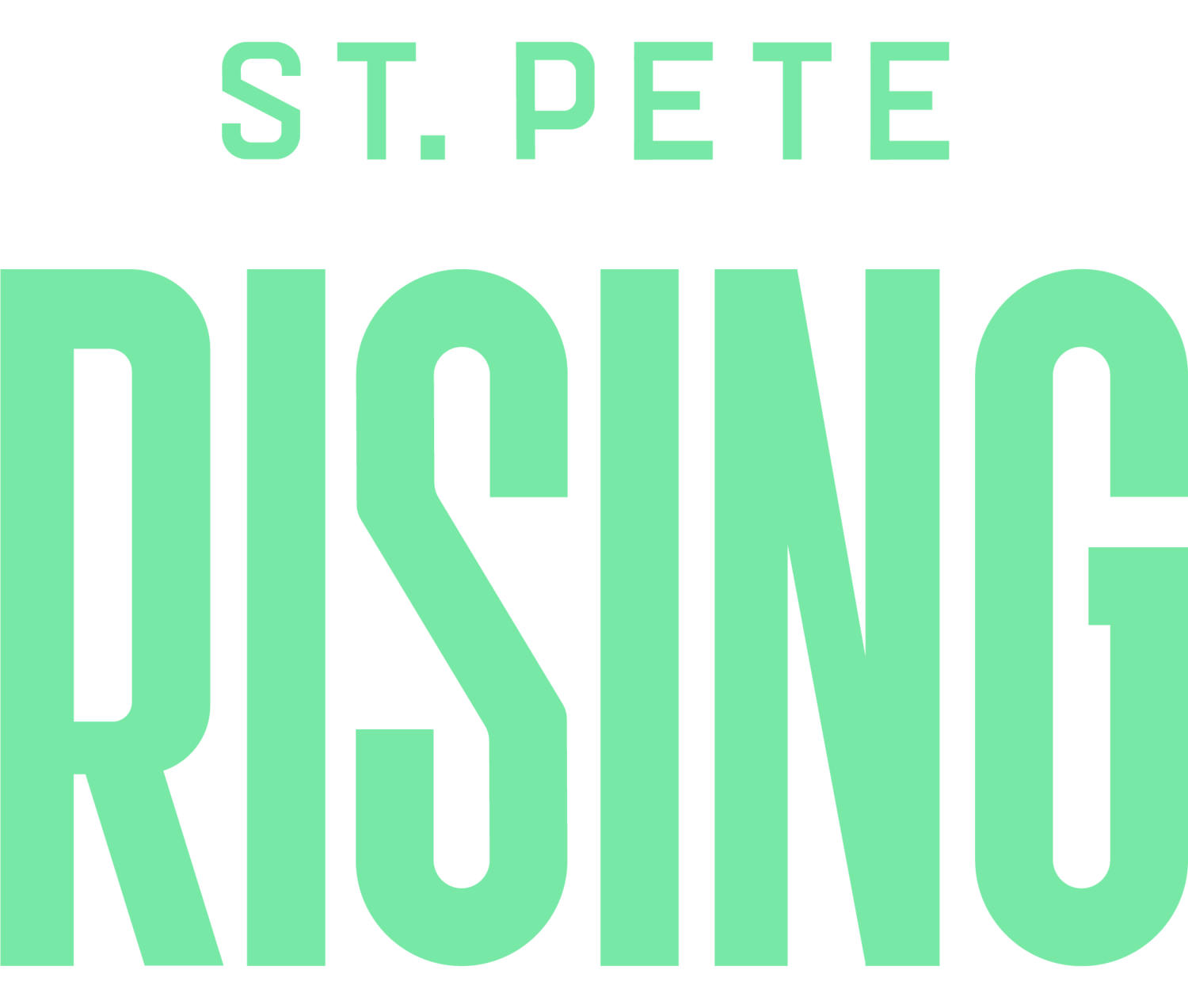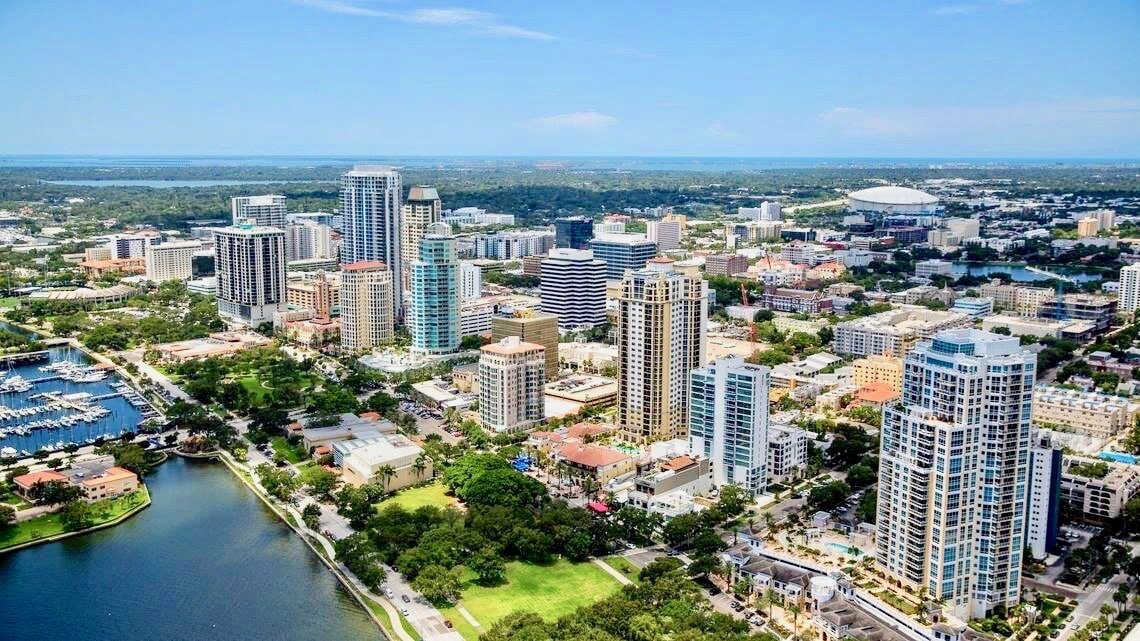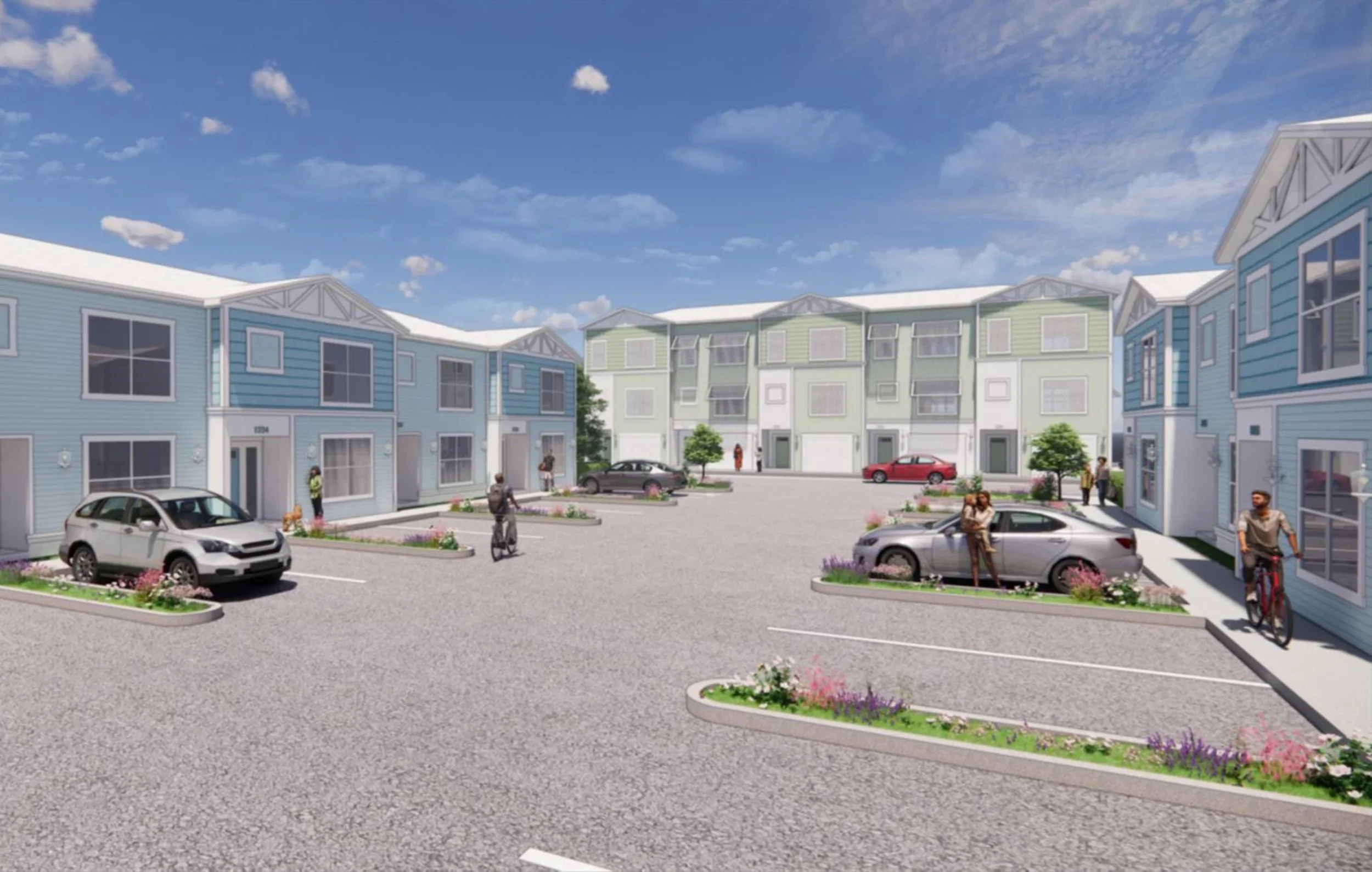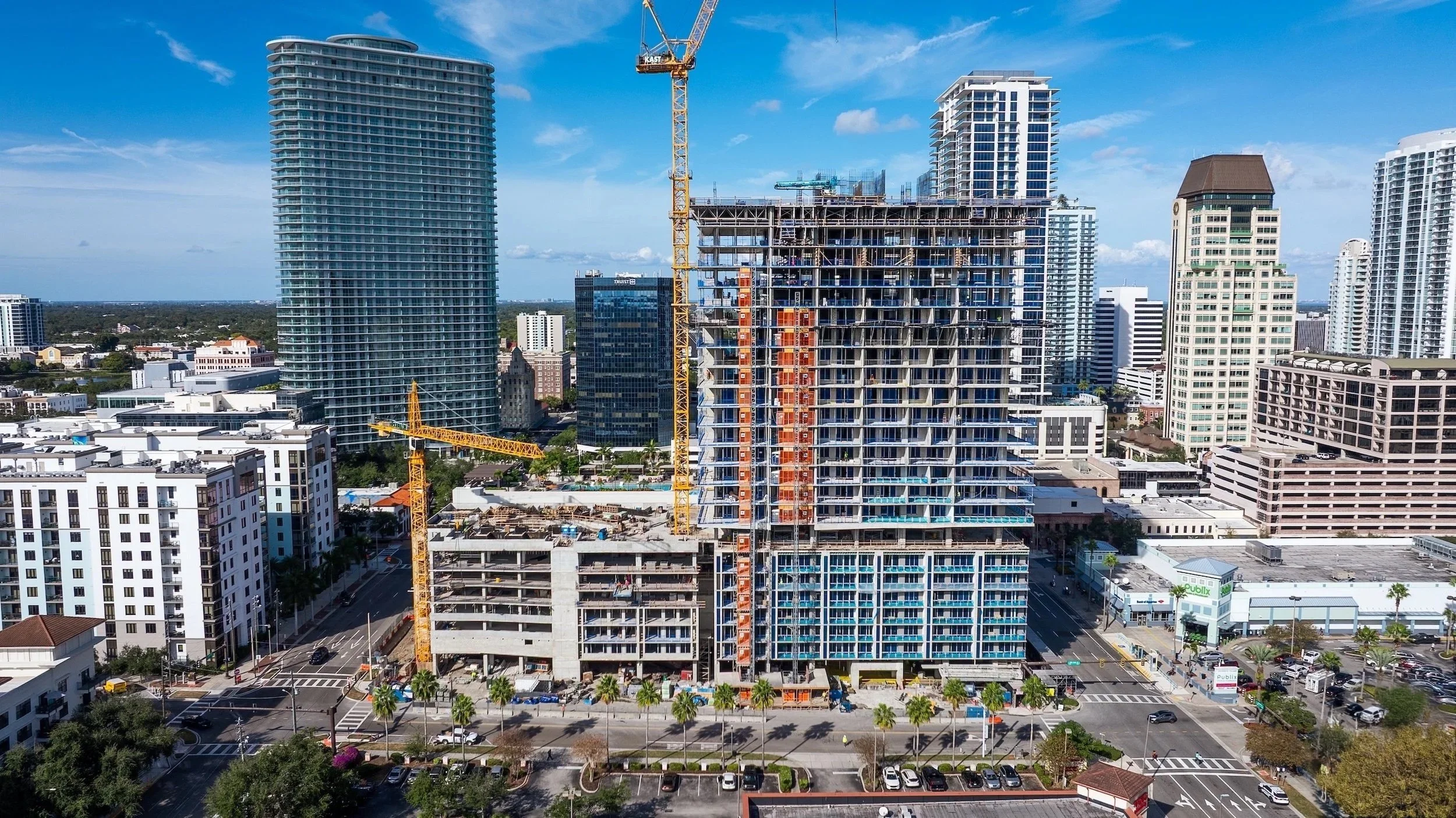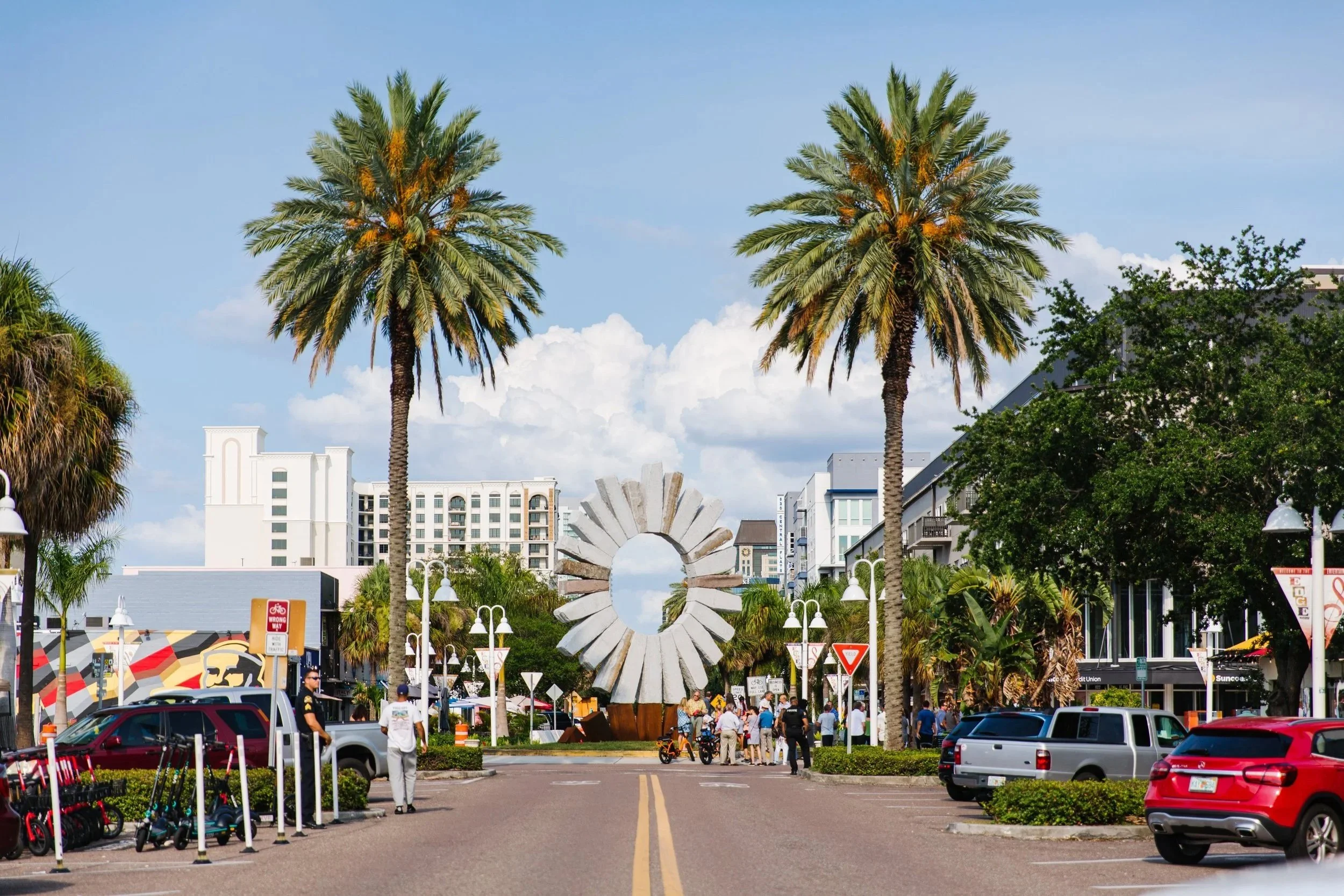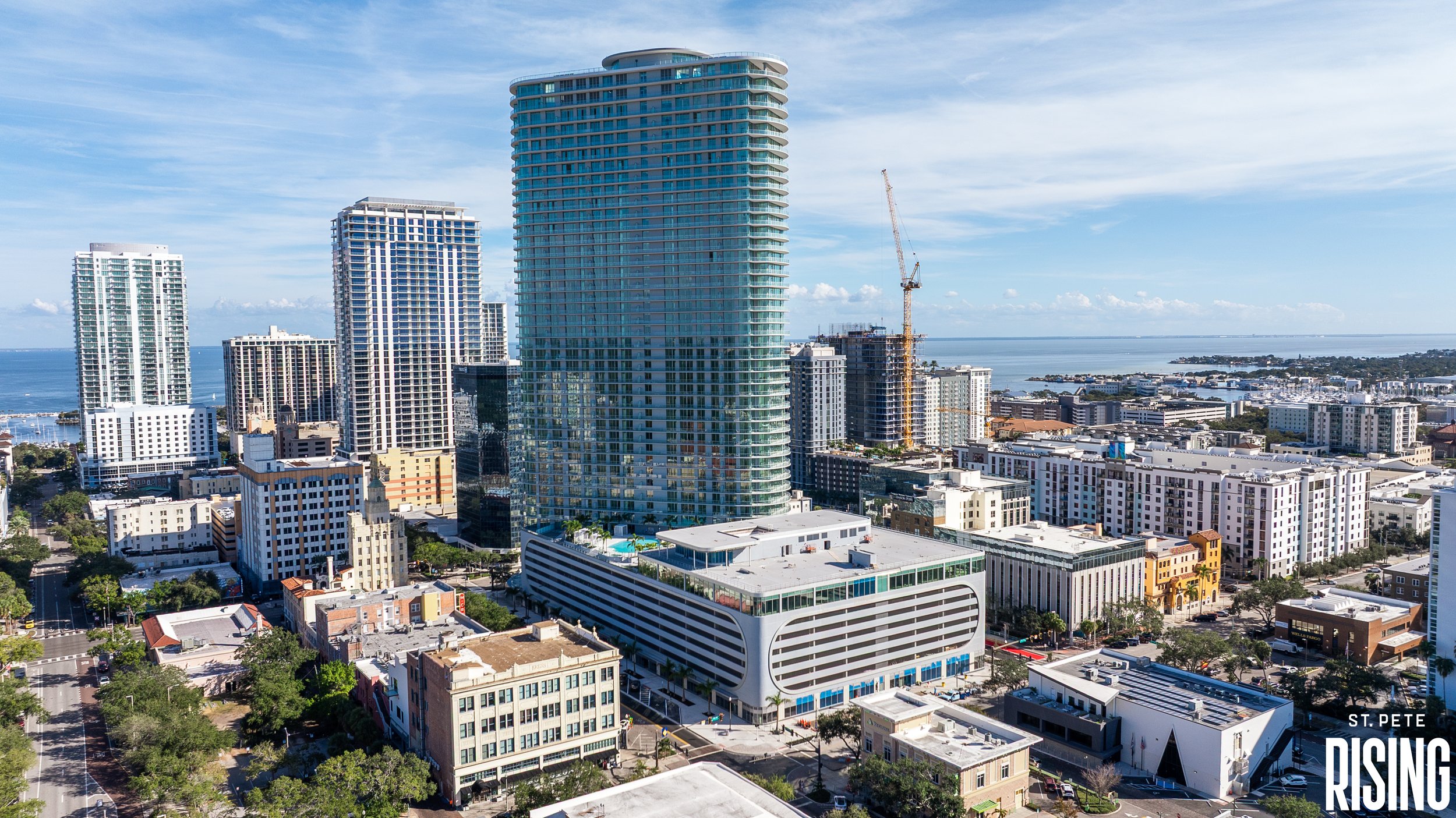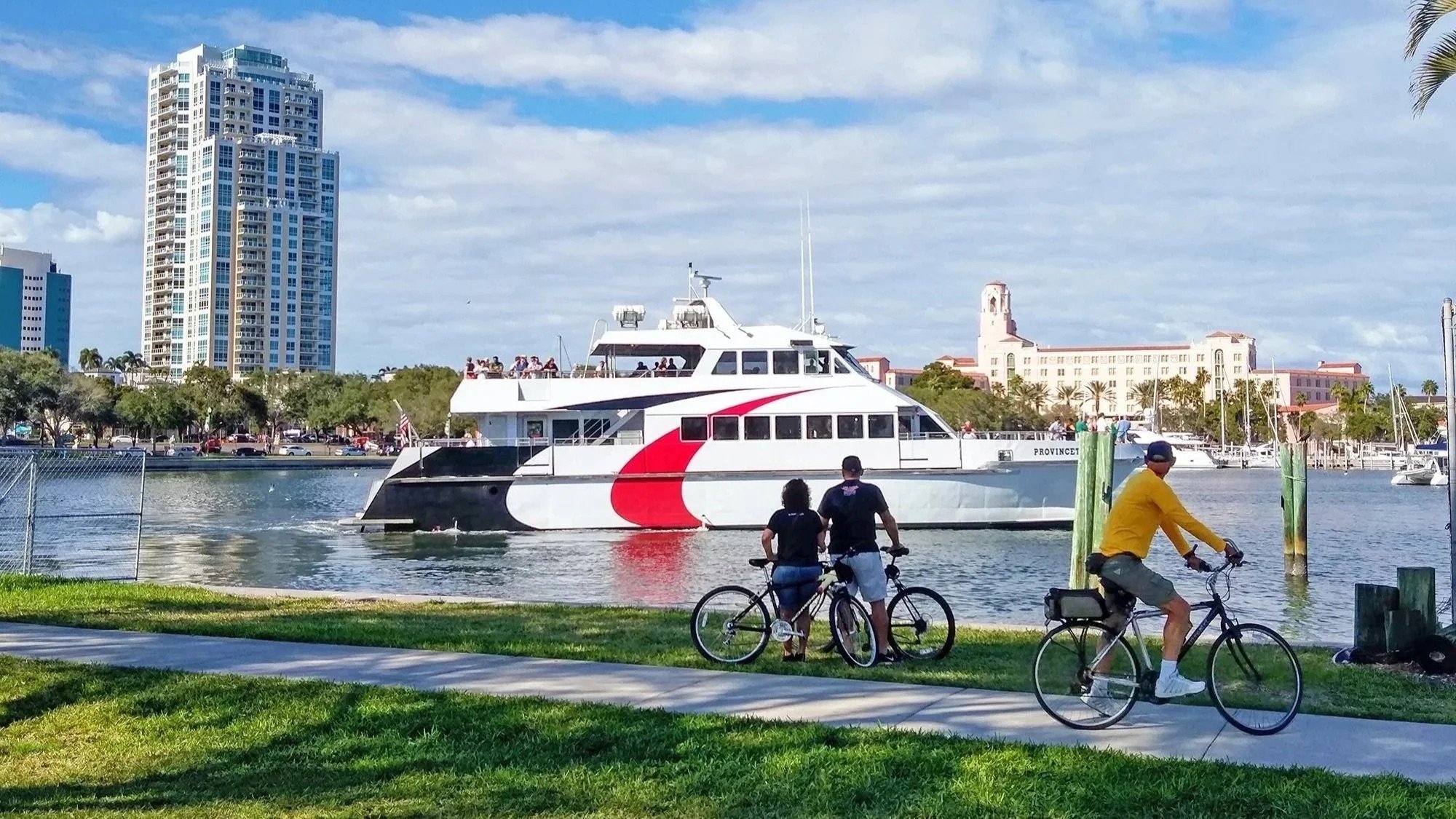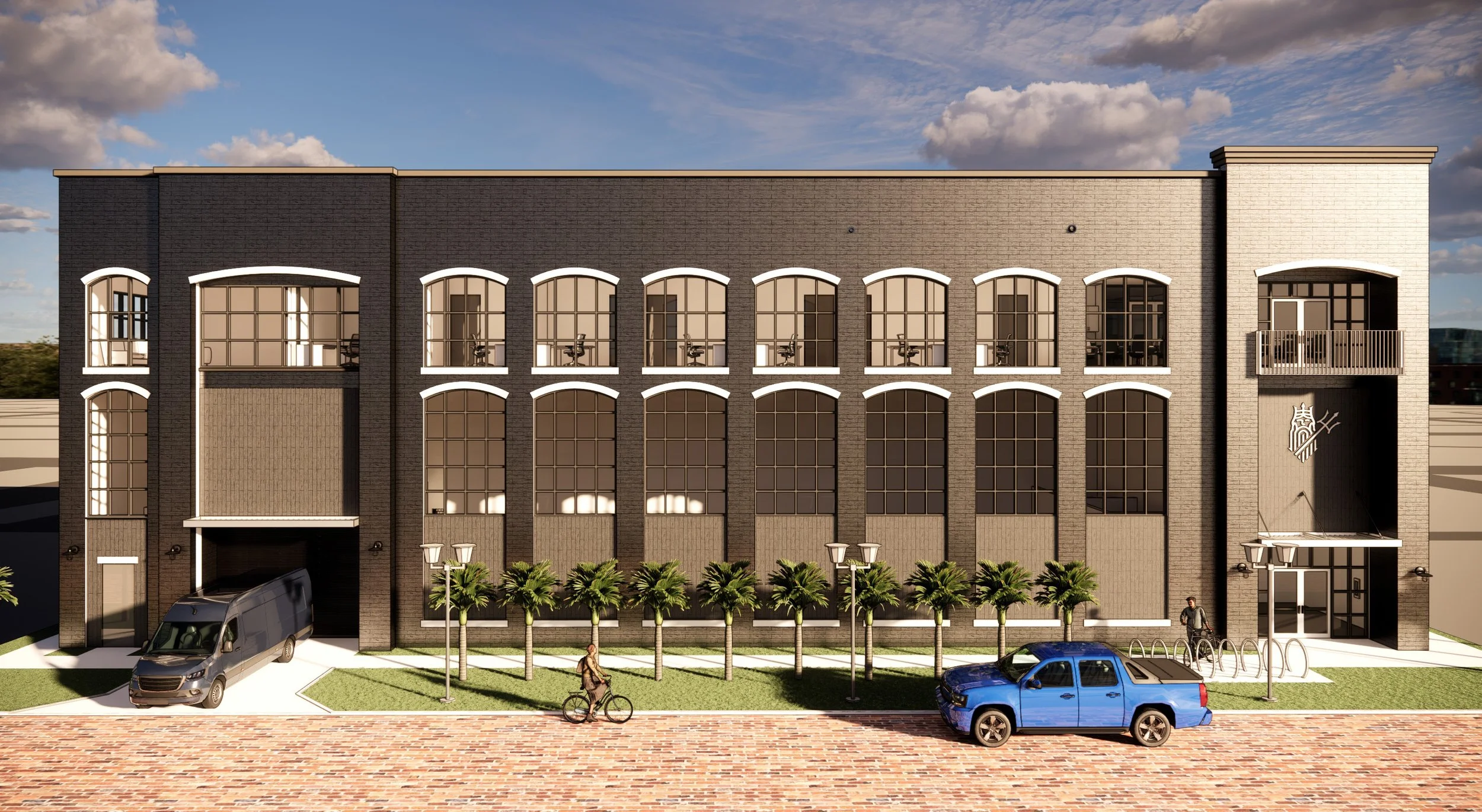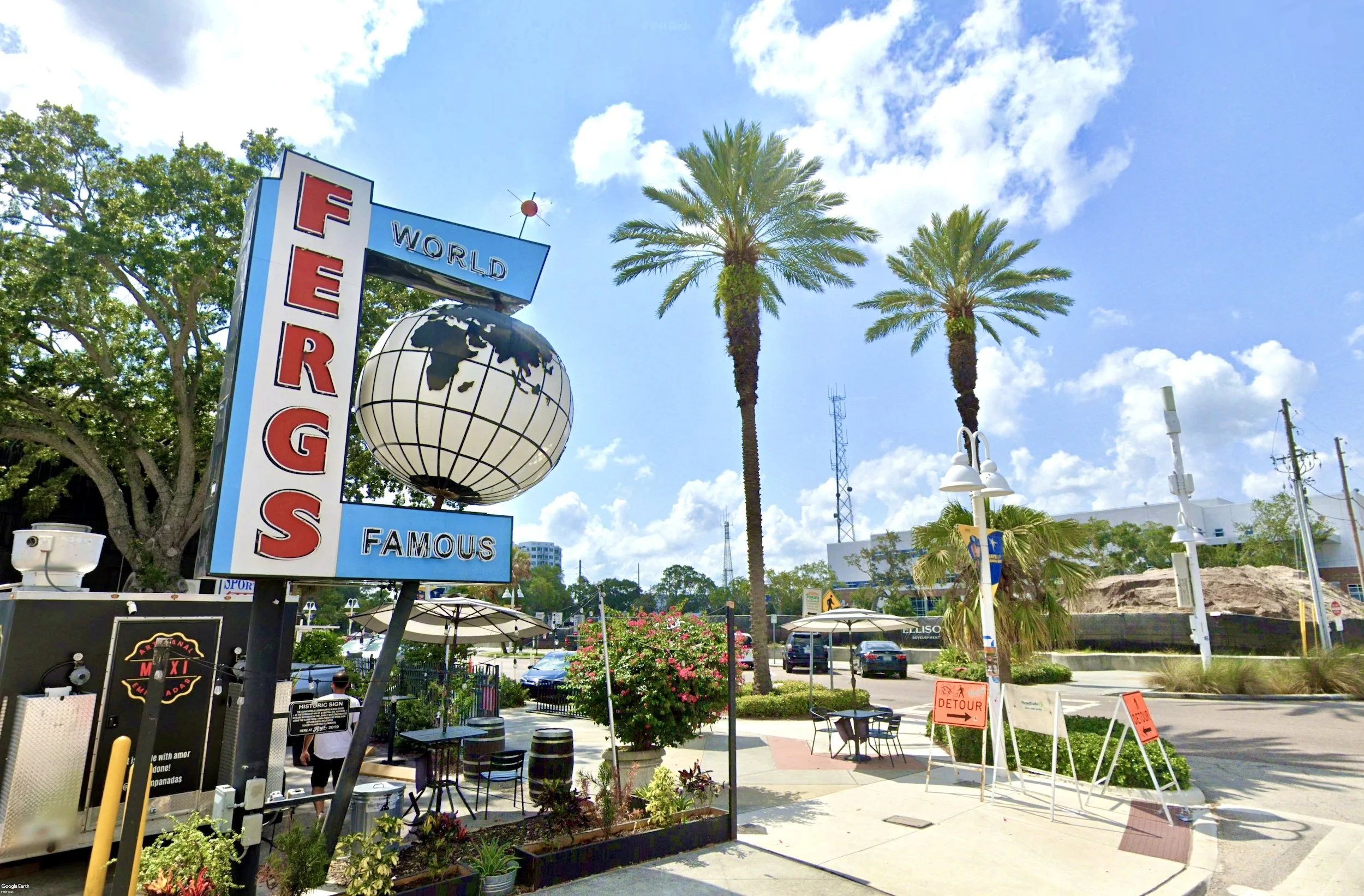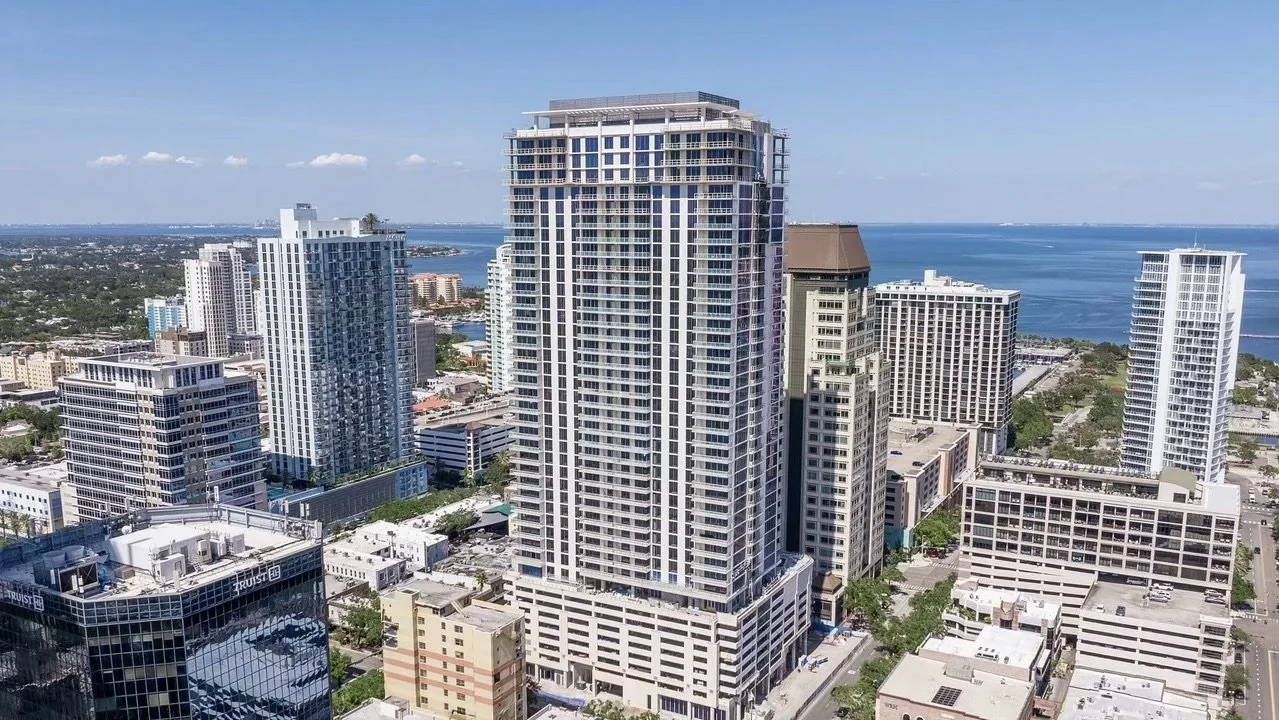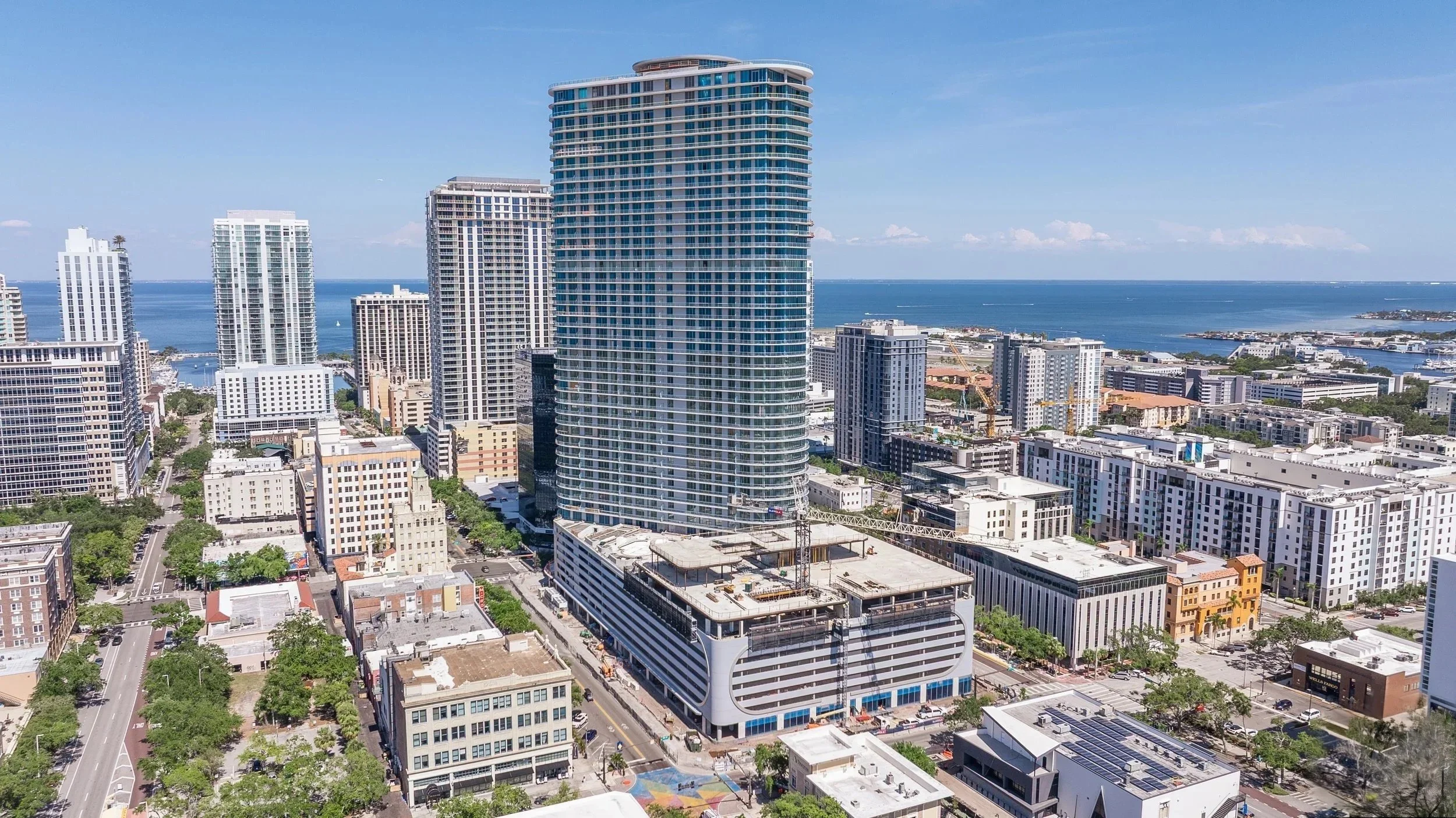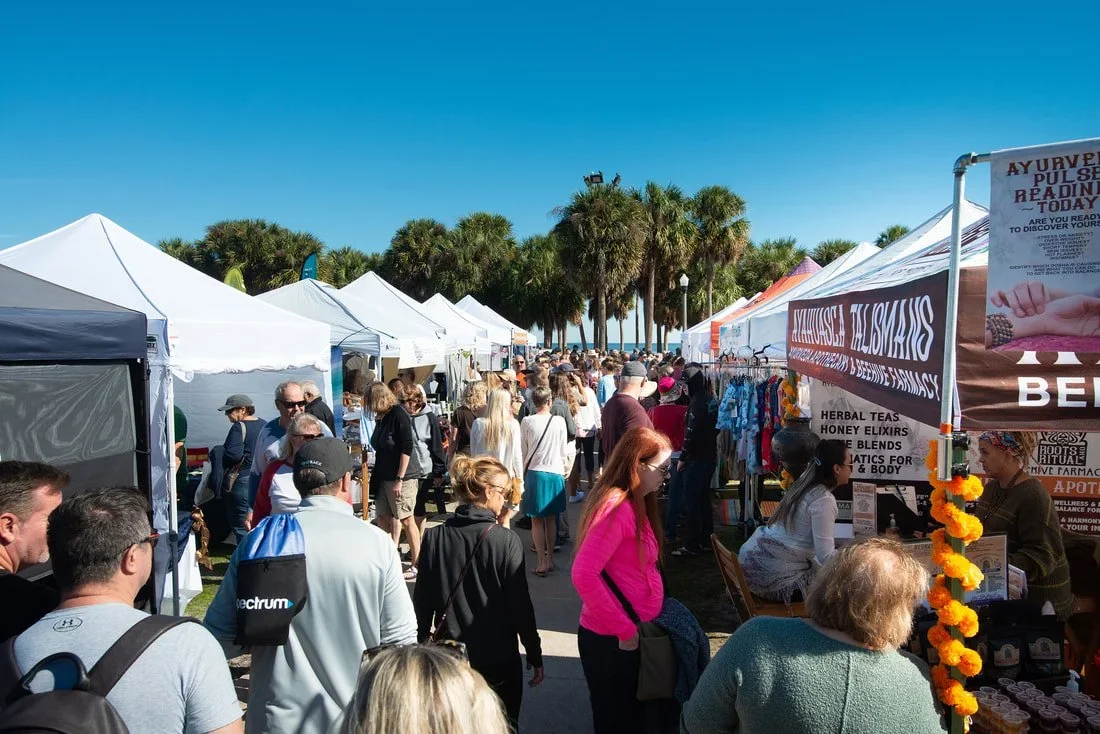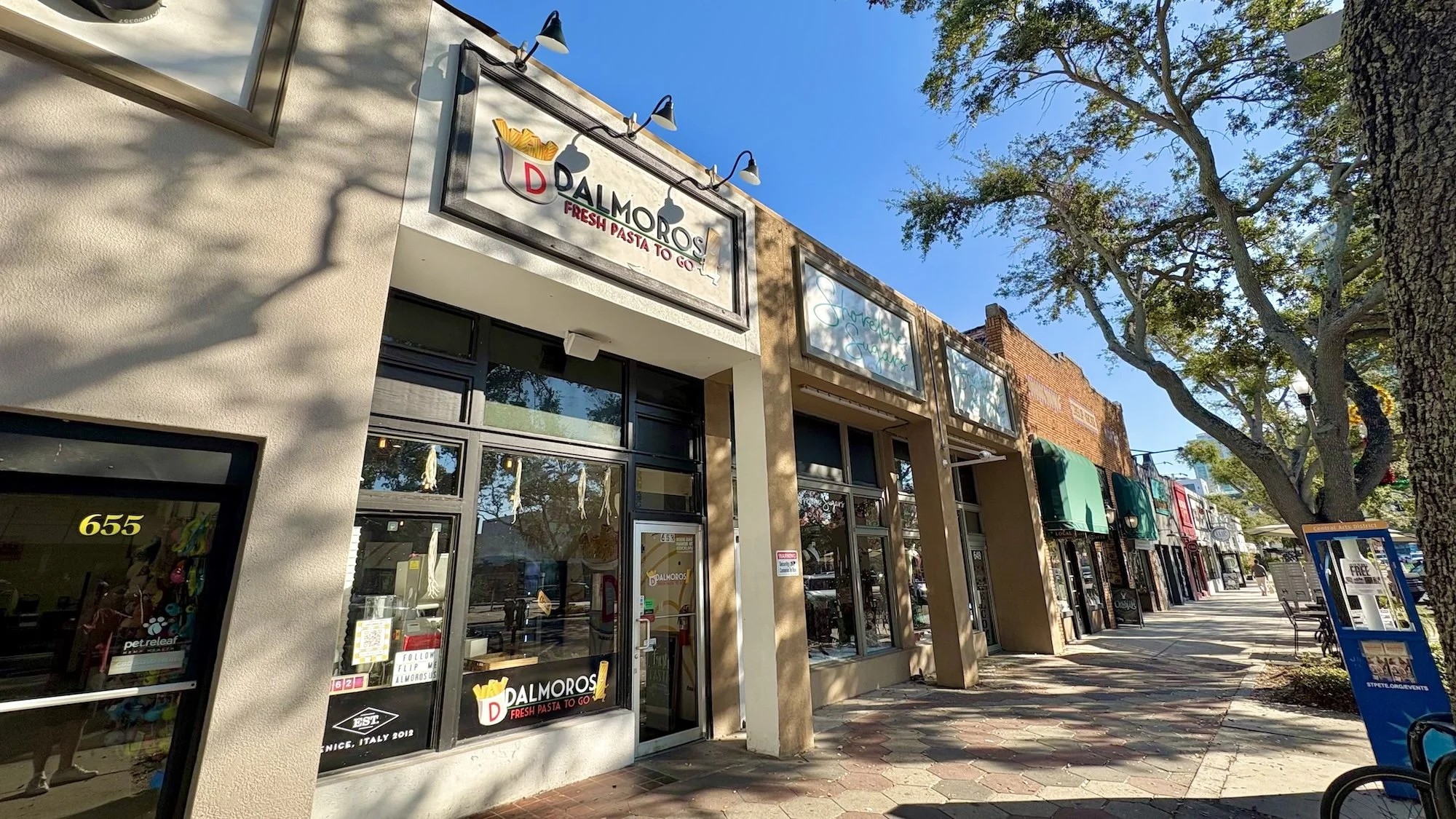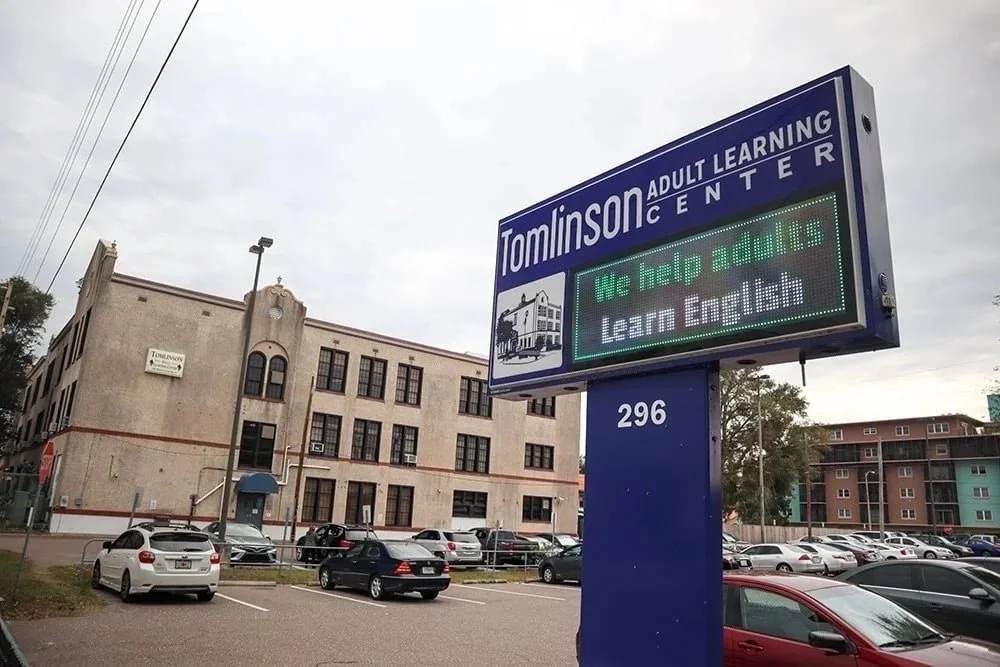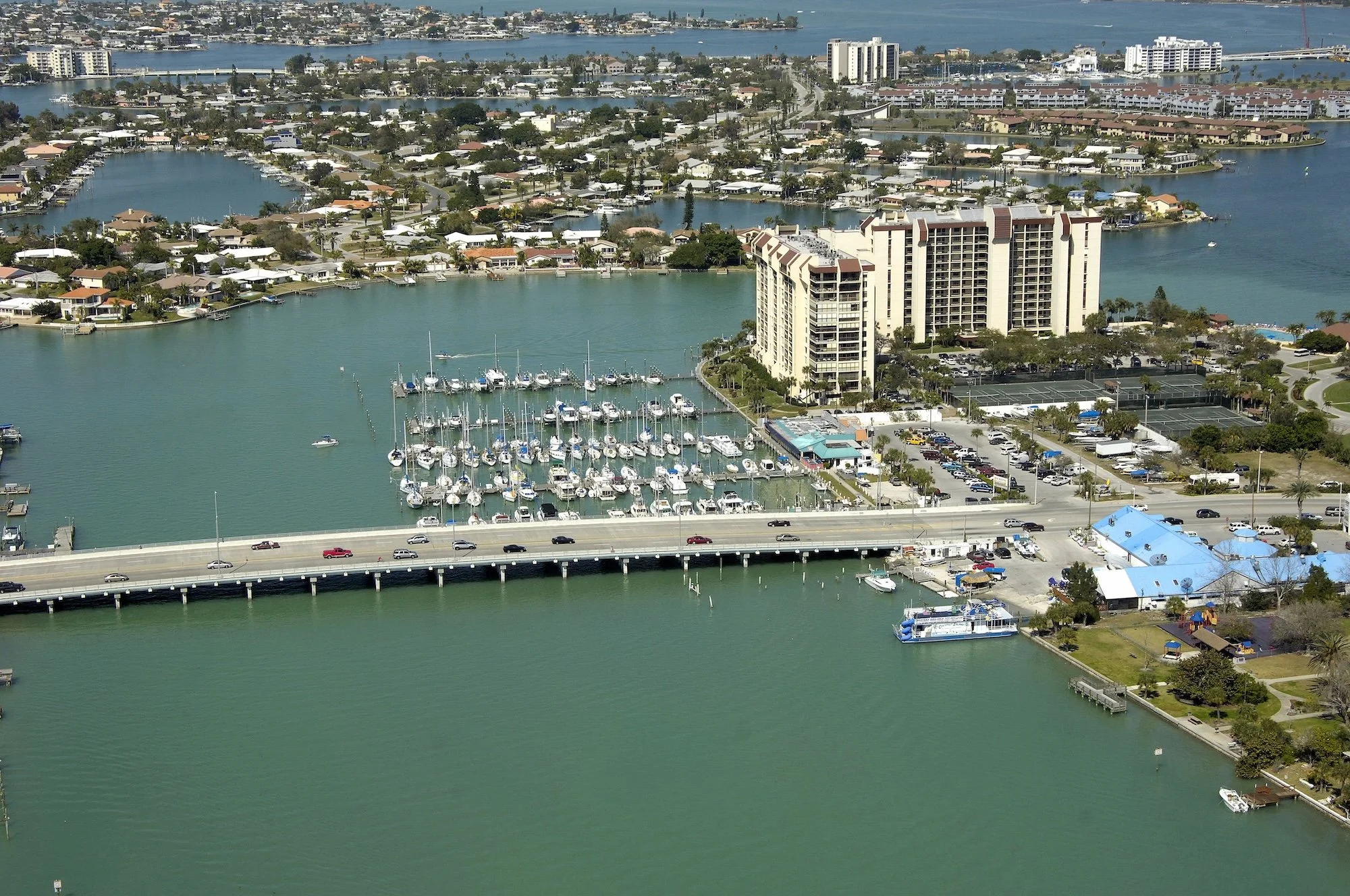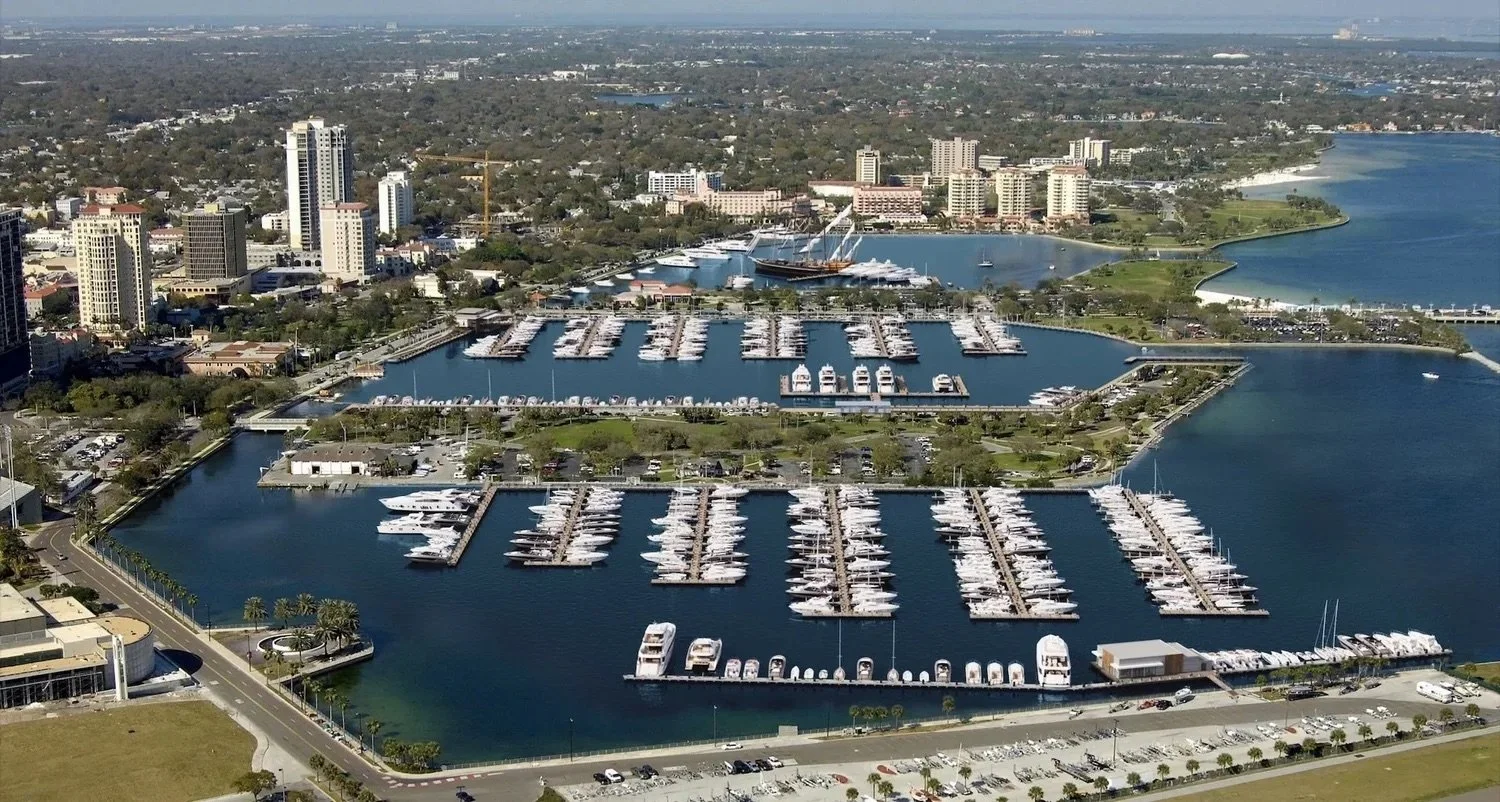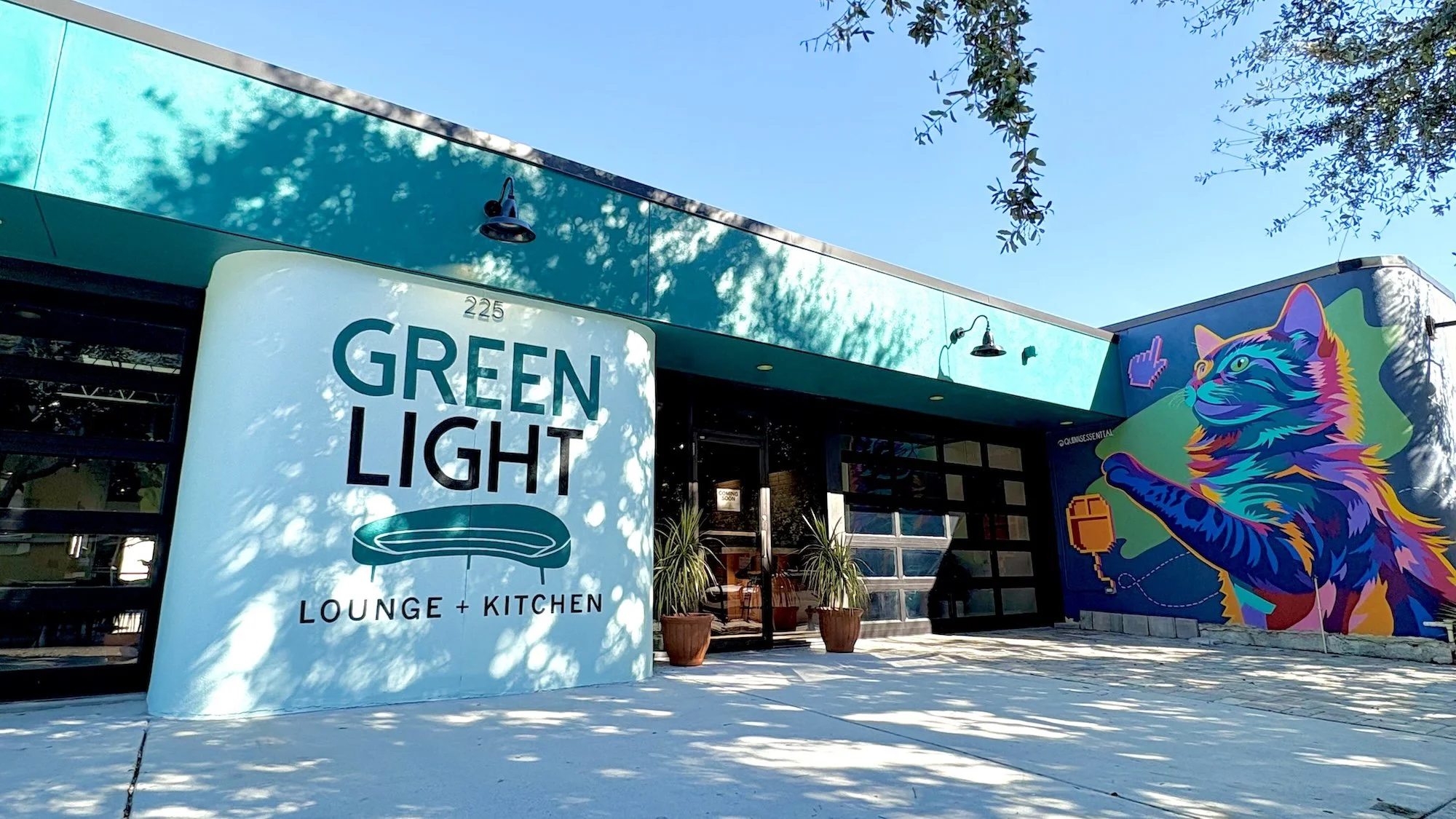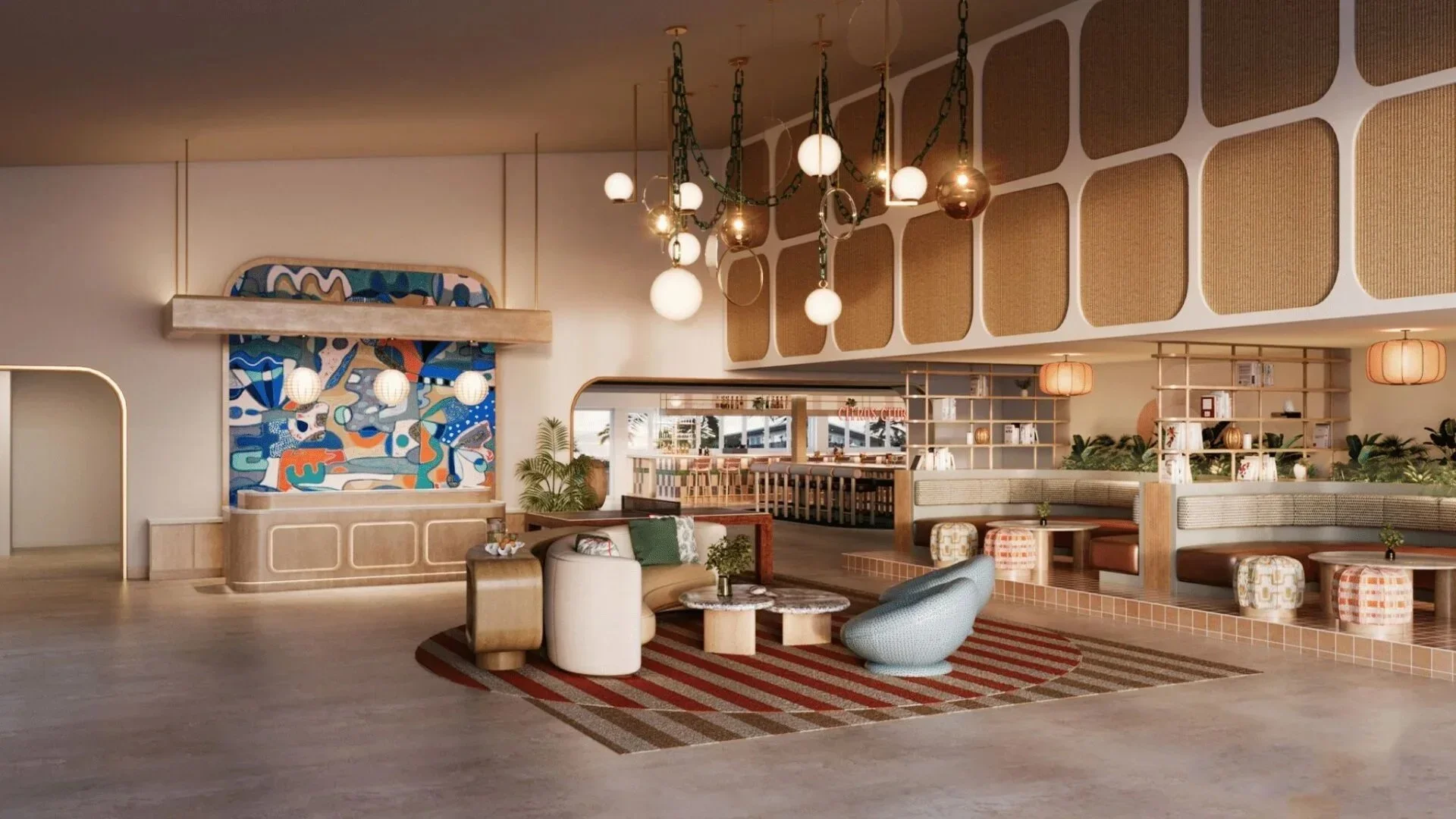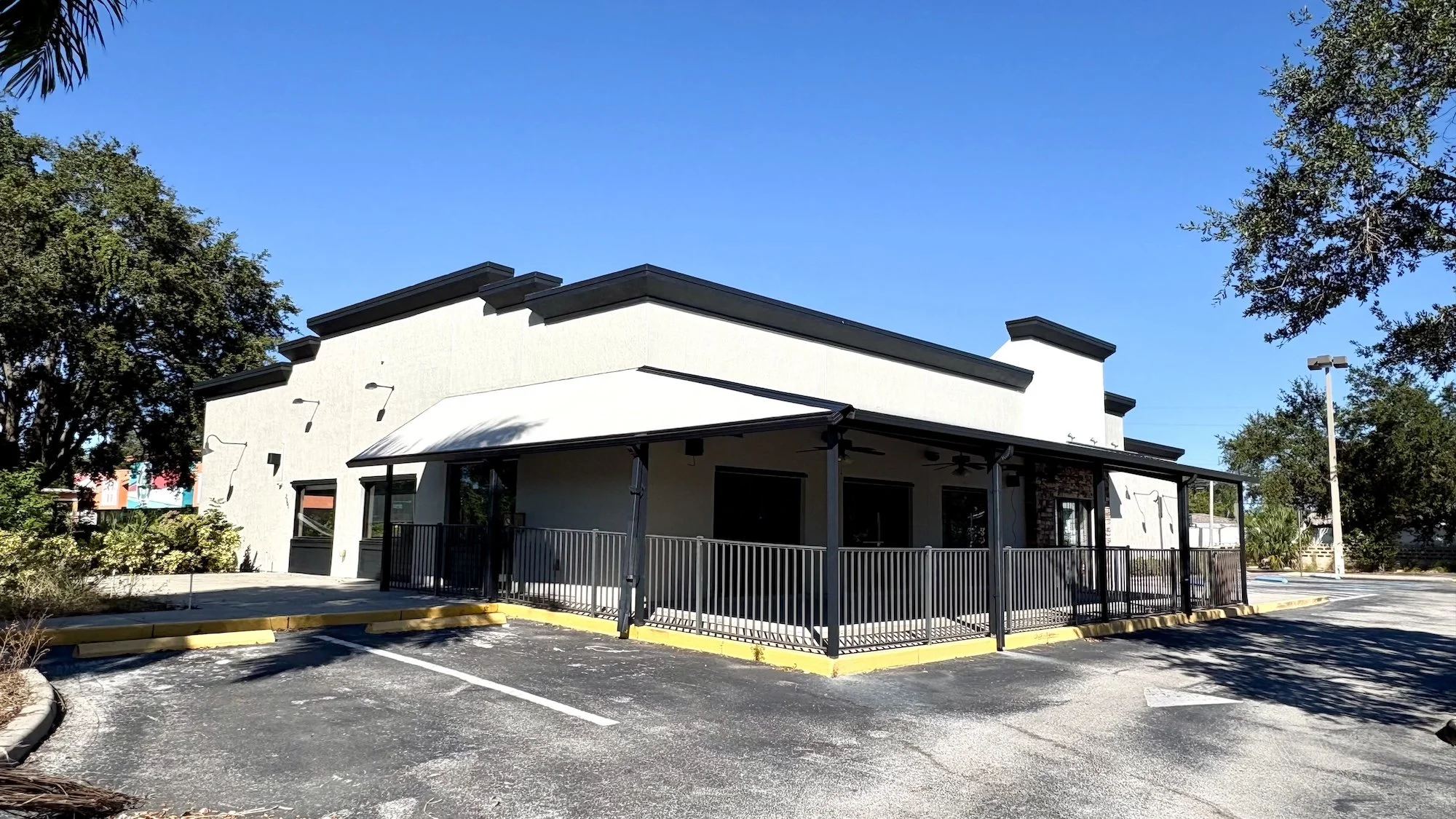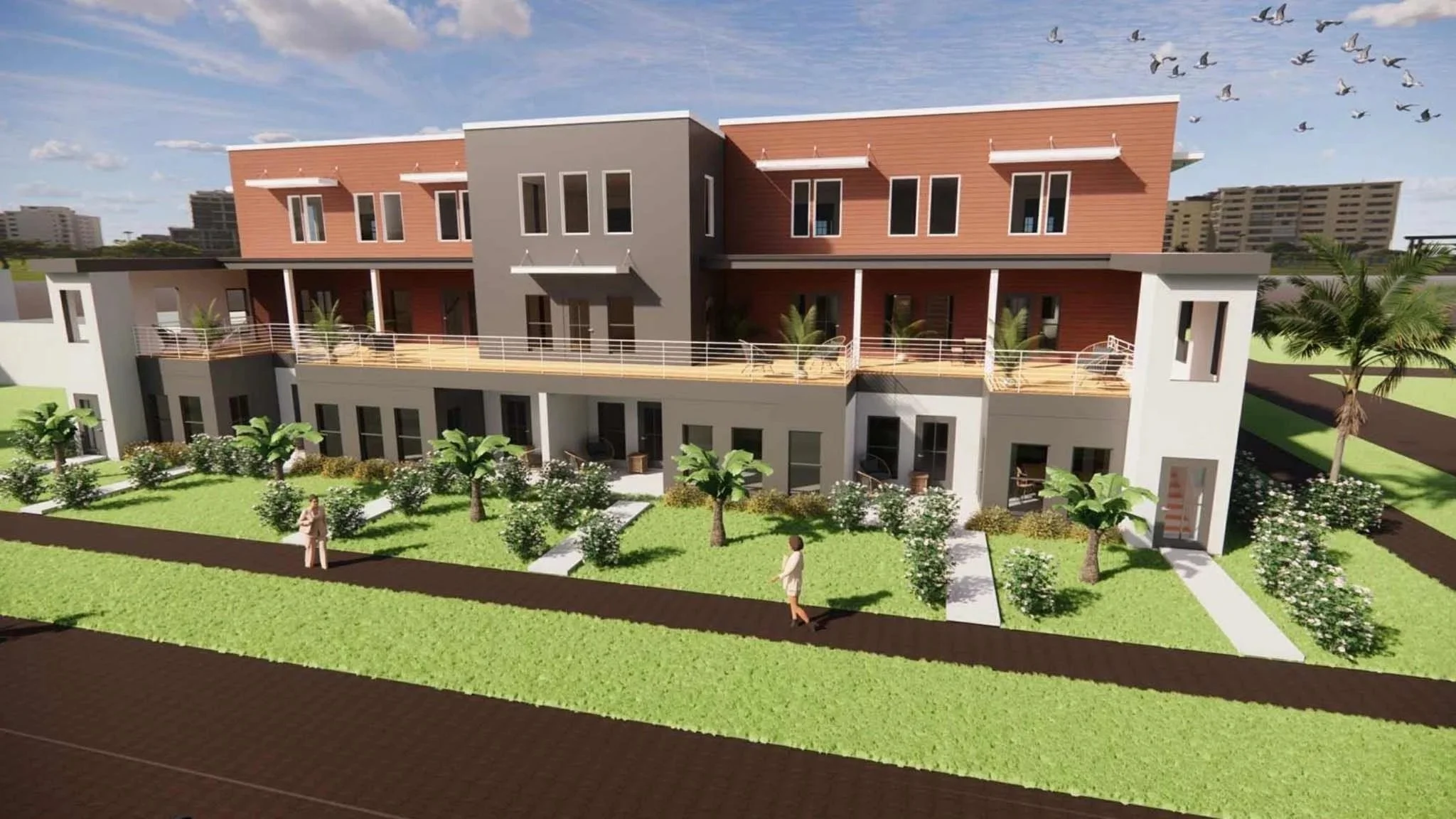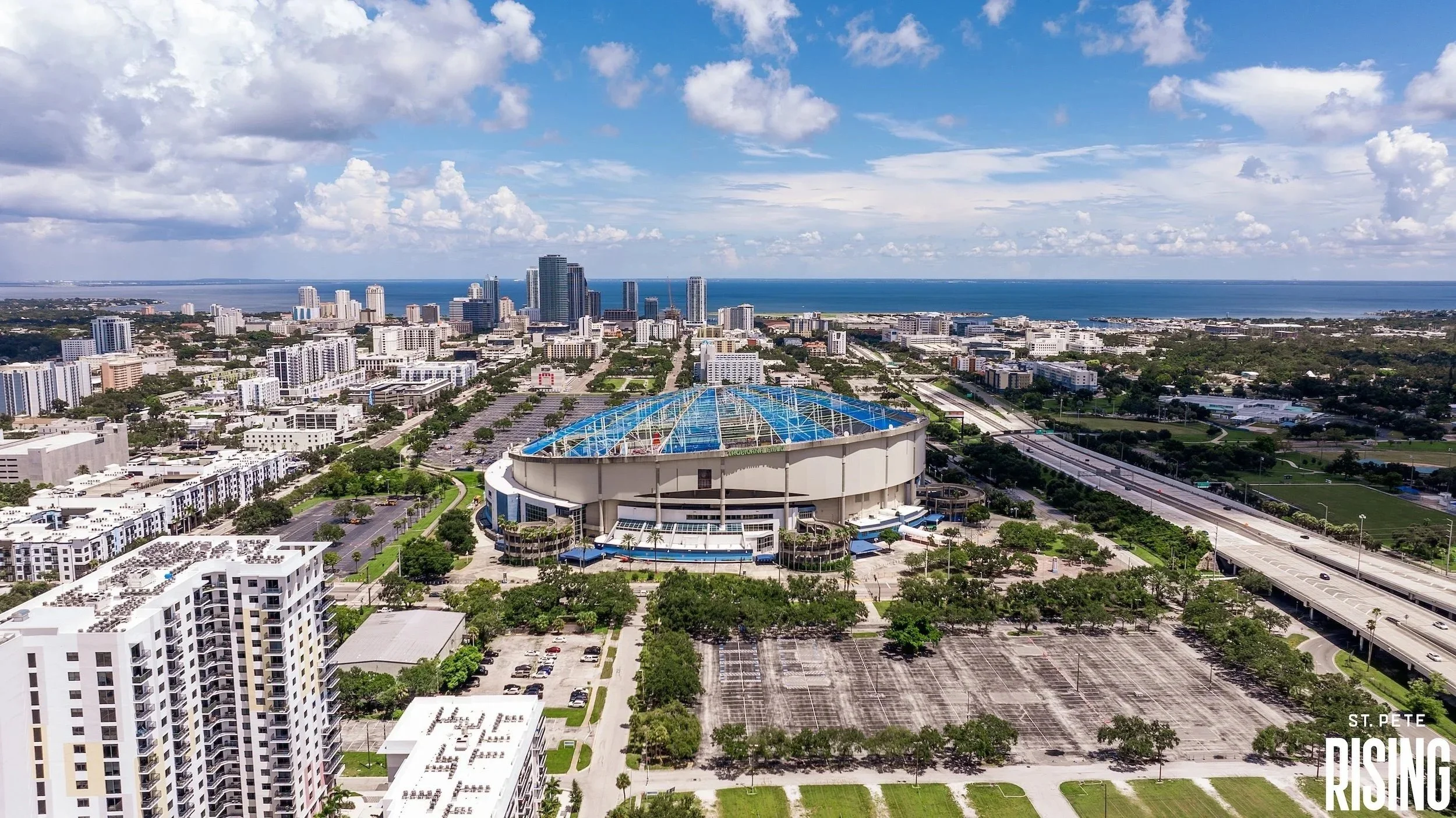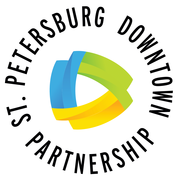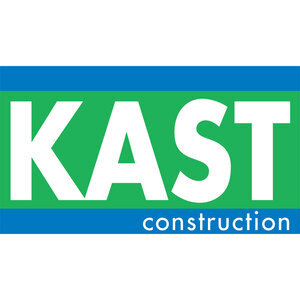New 52,000-square-foot expansion proposed for St. Pete’s Maritime and Defense Technology Hub
/




More marine-based startups and private defense firms may soon find a new home along St. Pete’s waterfront.
Civic and business leaders are spearheading an effort to expand the Maritime and Defense Technology Hub, known locally as The Hub, which opened in 2022 at 450 8th Avenue SE in a city-owned building at the Port of St. Petersburg, just south of Albert Whitted Airport.
The Hub has quickly become a cornerstone for marine science, defense, and technology innovation, now fully occupied by companies such as Saildrone, which deploys autonomous ocean vehicles from St. Pete to map and monitor Florida’s coastal waters, and Pole Star Defense, which uses maritime intelligence technology to track and prevent threats at sea.
Plans for a second facility, dubbed Hub 2.0, call for developing the surface parking lot directly west of the current Hub into a 52,000-square-foot research and collaboration center.
The expansion would provide a home for additional startups, government partners, and academic institutions focused on marine technology, coastal resiliency, and defense innovation.
Plans for a second facility, dubbed Hub 2.0, call for developing the surface parking lot directly west of the current Hub into a 52,000-square-foot research and collaboration center | Google maps
Next Thursday, November 6th, St. Pete City Council will vote to initiate a discussion at a future Economic and Workforce Development Committee meeting about placing a referendum on the 2026 general election ballot.
The referendum would ask voters to approve a longer lease term, required for development on city-owned waterfront property, to enable construction of Hub 2.0.
“Via a referendum, we’ll be asking the voters of St. Pete if we can build a public-private partnership research facility there for us and companies to study things such as coastal resiliency and storm preparedness,” said Jason Mathis, CEO of the St. Petersburg Downtown Partnership, in a conversation with St. Pete Rising.
The Downtown Partnership, one of the seven founding entities of the Innovation District, is working with the Innovation District to assemble the project’s capital stack and provide development expertise.




Designed by Zyscovich Architects, the proposed building would include rooftop lounges, café-style lobbies, and open-air courtyards to encourage informal collaboration and social interaction.
Shaded terraces and landscaped atriums would provide natural gathering spaces.
On the ground floor, flexible labs and office areas will accommodate a range of work styles.
Modular furniture, writable walls, and breakout rooms will support both individual and group work, ideal for fostering cross-sector collaboration among for-profits, nonprofits, universities, and government agencies.
Terraces, walkways, and glazed façades will open to the bay, promoting wellness and potentially linking to a potential waterfront trail network.
The Maritime and Defense Tech Hub when it was first constructed to house SRI | Maritime and Defense Tech Hub
A rooftop terrace will offer panoramic views of the waterfront and downtown skyline, functioning as an event space for both corporate and community gatherings.
The first Hub opened in 2022 in a repurposed SRI International facility, following the nonprofit research institute’s departure from St. Pete.
“When SRI left St. Pete, we realized we could still make this work, and we attracted new tenants,” said Mathis, who believes the next phase will be even more successful.
However, for the facility to become a reality, several hurdles may need to be overcome. The Port of St. Petersburg’s master plan, currently underway and expected to be completed in December, does not recommend building the proposed Hub 2.0 facility in its current draft.
City officials have emphasized that additional analysis and public discussions will be needed before any expansion can move forward. An economic and feasibility analysis is now underway to verify demand and determine project costs.
Preliminary discussions have identified potential funding sources, including Economic Development Administration (EDA) grants, Florida Ports Council grants, and utilizing the Pinellas County Employment Sites Program.
A rendering of the lobby and mezzanine at Hub 2.0 | Zyscovich Architects
If the city decides to move forward with the proposed expansion, Downtown Partnership and Innovation District expect to launch an educational campaign next summer to build voter awareness and support ahead of the 2026 referendum.
“Hub 2.0 would be the best use for this site,” Mathis said. “Redeveloping it into high-end condos or market-rate apartments wouldn’t be the right move. I think people will be supportive of having a research center focused on coastal resilience that could ensure our coastal communities are better and more well-prepared for the future. The ability to be on a deep-water port is special.”
As for parking, the expansion would replace an existing surface lot, and planners are exploring solutions such as using nearby airport property, building a parking structure on the opposite side of the Hub, or offering shuttle service.
While there is no set timeline for groundbreaking, the proposal represents a significant step toward strengthening the Innovation District’s identity as a hub for maritime technology and coastal innovation.
An elevation of Hub 2.0 | Zyscovich Architects
